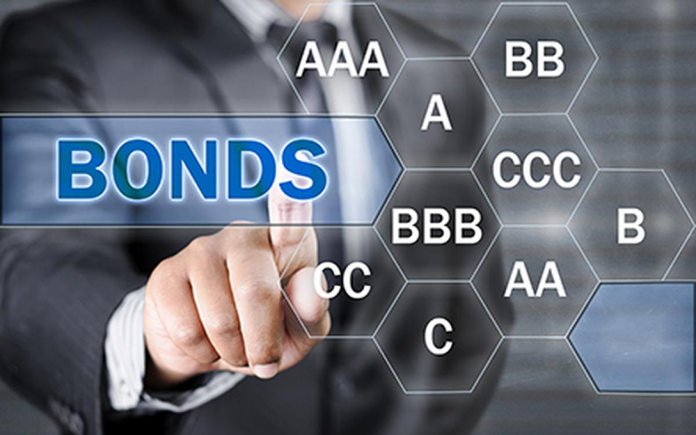
By Haddon Libby
Many of us take for granted that everyone knows what a 401k retirement account is. Only one in three people have a 401k while only six in ten have access to one.
A 401k retirement account is a way to save money for retirement, a life event or emergency. This can be done as part of a company 401k plan or via an Individual Retirement Account if your employer does not have a program.
Many employers match some percentage of the salary that you contribute to your 401k. By simply saving some salary, these employees get a raise.
By saving just $5 per day Monday through Friday ($100 per month), you get a commensurate raise. Over thirty years, $200 per month results in $300,000 in savings assuming an 8% return. The main thing to remember is that you only get this raise if you can set something aside each paycheck.
A 401k also serves as a nice safety net in the event of an emergency or life event. For example, if you have $10,000 in your account, you can borrow half of these funds for a short-term need. While you can take up to 5 years to repay the loan, you should think of that need as one that can repay within a year. We say this as most people tend to overestimate their ability to repay. It is better than to be cautious when borrowing.
The best reason to borrow against your 401k is to buy a home. This is a great way to access money in afford to the down payment. The key thing to remember is that you need to be able to repay the loan in 40 payments over 10 years. Borrowing for any other purpose must be paid back over no more than five years.
If you cannot repay, the loan is considered an early withdrawal. Anyone making a withdrawal before the age of 59 ½ is considered early. Let’s say you made an early withdrawal on $1,000. You are hit with a $100 penalty. Additionally, you must treat the other $900 as earnings. Remember that money in your 401k is contributed before taxes. The IRS has not taxed these funds like the rest that you have received in your paycheck. As a result, Uncle Sam wants his cut. If your tax rate is 20%, that means you owe another $200. The $1,000 early withdrawal results in $300 in taxes and penalties.
You can avoid the penalties if the withdrawal is considered a hardship. You will still owe the taxes, but you will not be assessed a 10% penalty. Hardships include medical expenses for you or your family, education like college or a trade school, home payment to avoid eviction, or funeral expenses.
As you can see, your 401k is meant for retirement but can also be important for an emergency or important opportunity like a home purchase or higher education.
While we have been talking about 401k plans that save your money before Uncle Sam takes his piece, we can also save money after Uncle Sam takes his cut. The reason that you would do this is that the IRS offers a future benefit to those who pay their taxes now. The benefit is that you never have to pay any taxes on the growth of that money ever again. With a regular 401k, you delay taxes until you take the money out while with a Roth, you paid your taxes upfront. People who should use Roth accounts are those who pay very low tax rates today.
By the way, you can save up to $6,000 in a Roth account per year or $7,000 if you are over 50 years of age. In a 401k, you can save $19,500 annually if you are under 50 and $26,000 if you are over 50. Uncle Sam is willing to give only so much of a long-term tax break. For those owning businesses, solo 401ks can save even more. We will save that discussion for a future article.
Haddon Libby is the Founder and Chief Investment Officer of Winslow Drake Investment Management, a locally based State-Registered Investment Advisory firm. For more information, please visit www.WinslowDrake.com or email AClosner@WinslowDrake.com.











































